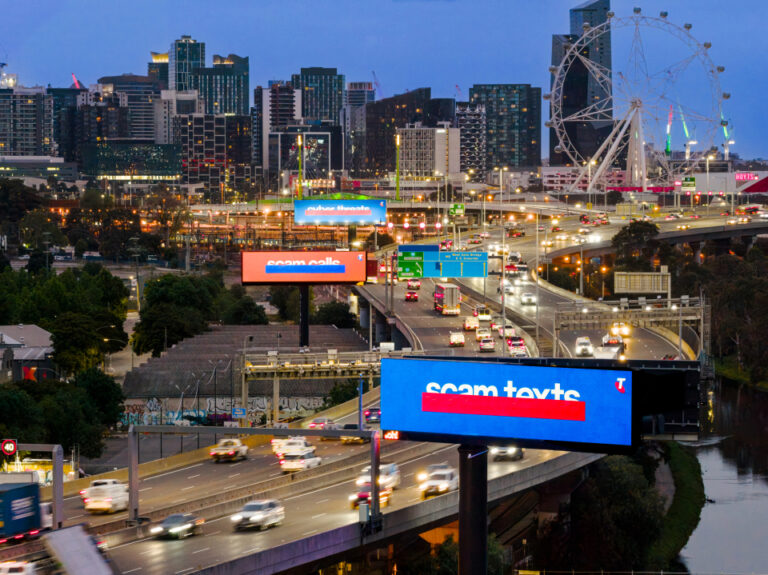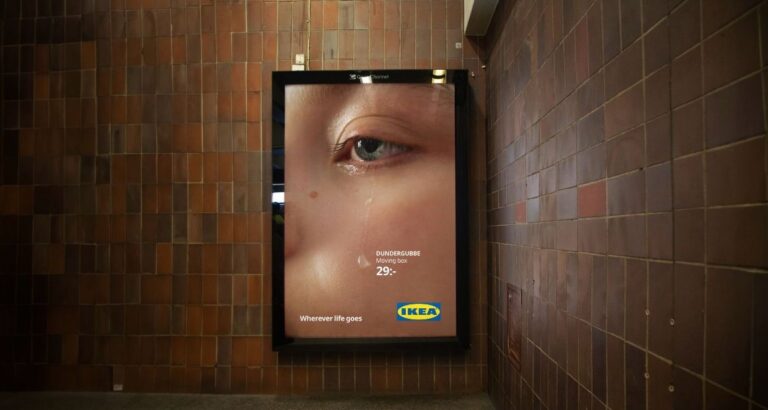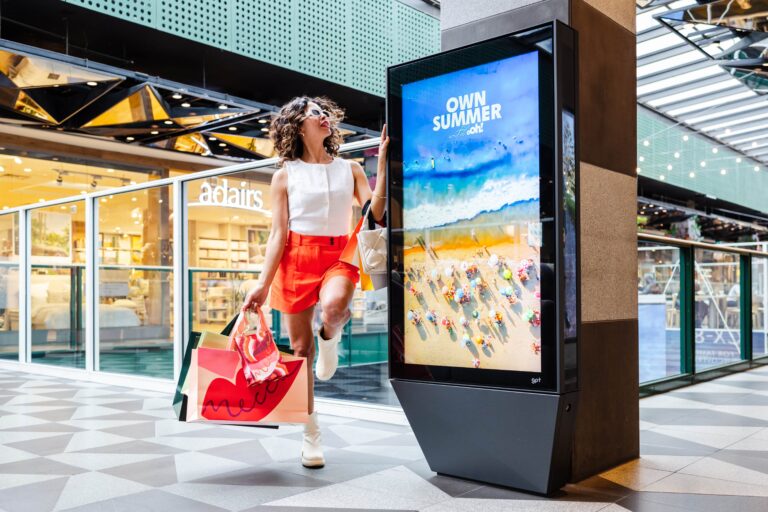As originally published in AdNews.
As consumer attention continues to fragment across countless devices and platforms, one constant remains: context matters. When content is delivered in the right environment, at the right moment, its impact multiplies. Neuroscience research shows that contextual relevance increases brain response by 32%, a powerful reminder that where audiences see content is just as important as what they see.
This is being played out daily across Out of Home (OOH) assets, from shopping centres to street furniture. But where it especially stands out is in premium place-based environments such as office tower lobbies and lifts, airports and airline lounges.
These spaces host highly engaged, high-value audiences, including decision-makers, professionals, and business travellers, who are naturally receptive to trusted, high-quality information during natural moments of pause in their day.
Content as a connector
The role of content in OOH has traditionally been under-appreciated, often overshadowed by creative and media-buying considerations. But today, content is increasingly the glue that connects brands with audiences in more meaningful ways.
Content such as news and business headlines, weather updates, flight information, live sporting results or recommendations on the hottest new bars and restaurants, provide a value exchange to OOH audiences which makes the medium more sticky.
Curating trusted financial journalism or showcasing the latest in dining, culture, and lifestyle moments not only fills screen time, but delivers content that is highly relevant to the audience and their mindset in that moment. For a business professional waiting for a lift in a CBD tower, coverage of trending restaurants sparks inspiration for their next client lunch. For a business traveller relaxing in a Qantas lounge, a glance at the screens keeps them up to date on latest financial market shifts.
This isn’t just about visibility in high dwell, habitual environments, it’s about delivering content that becomes part of someone’s daily ritual. And when content matters, advertising alongside it becomes more meaningful.
Delivering high-quality content at scale requires more than strong editorial partnerships, it demands innovation and technology. Advances in dynamic creative optimisation and data-driven scheduling in OOH allows content to be tailored by time of day, audience profile, and even live events.
Partnerships that matter
Savvy advertisers are increasingly embracing bespoke branded-content partnerships, knowing curated experiences resonate more than generic ads. Tourism New Zealand has worked with Broadsheet to reframe long-form travel content into snackable pieces, once amplified across OOH, it created an authentic way to integrate their message into daily lives of busy white-collar workers. These collaborations create a halo effect. The credibility of the content partner enhances brand perception, while the premium environment ensures the message commands attention.
A recent study of business professionals, conducted by research experts, Nature, revealed that almost half of those surveyed admitted to performing life admin at work and getting brand recommendations from work colleagues, illustrating how OOH content can intersect with daily lives.
The human element
Audiences are people first. They’re not just ‘impressions’ to be served, but people moving through distinct moments of their day, each with unique needs, interests, and states of mind.
In airport lounges audiences are present, attentive, and often planning, reflecting, or connecting. Similarly, professionals pausing in a lobby are open to quick, high-value information that informs or entertains. In these moments, content isn’t background noise, it becomes a trusted companion that audiences come to expect and appreciate.
The next frontier for OOH content lies in deeper integration of data and interactivity. Formats that bring real-time updates, social content, and even personalised experiences into public spaces are already being tested. The goal isn’t to mimic the phone in your pocket, but to create shared, contextual experiences that add value to the environments people move through every day.
OOH has always been about scale and presence, but scale alone is no longer enough. What sets OOH apart is the ability to combine physical impact with contextual relevance, powered by content that audiences trust and value. Content is not a side-note, it drives deeper engagement, stronger connections, and tangible commercial outcomes.
Ultimately, the future of OOH belongs to those who see content not as filler, but as fuel – fuel for attention, trust, and connection. When the right stories meet the right moments, brands stop interrupting and start integrating into people’s lives.







